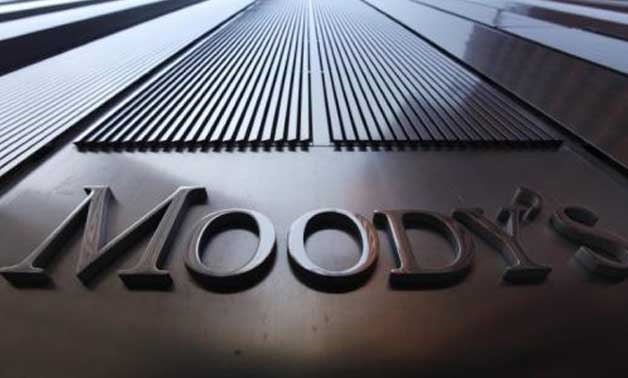
Moody's logo - Reuters
CAIRO – 10 August 2017: Lower Saudi government spending would press on the profitability of the five largest banks of the kingdom in 2018, in addition to dampening credit demand and weakening corporate, Moody's Investors Service expected Wednesday.
The credit rating organization said that the five banks are the National Commercial Bank (NCB) (long-term (LT) bank deposits A1Stable, BCA baa1), al-Rajhi Bank (LT bank deposits A1 Stable, BCA a3), Samba Financial Group (LT bank deposits A1 Stable, BCA a2), Riyad Bank (LT bank deposits A2 Stable, BCA baa1) and Banque Saudi Fransi (BSF) (LT bank deposits A1 Stable, BCA a3).
"As the Saudi government reins in spending, we expect lending to slow and problem loans to rise. However, the big-five banks will be able to use their pricing power to offset these pressures and keep profit steady over the coming 12 to 18 months," Vice President -- Senior Analyst at Moody's Ashraf Madani said.
Moody's added that despite the tough business climate in Saudi Arabia, the five banks will protect their profits, highlighting that al-Rajhi is best-positioned to maintain its profitability over the coming quarters, reflecting its strong retail-focus, with only limited corporate sector exposures, in addition to its large Islamic franchise and low cost retail deposit base.
The report noted that one of the factors that will offset the negative impacts on the banks is the rising interest rates, as they allow the banks of higher provisions and lower fees and commissions to reprice floating-rate corporate loans and achieve higher returns on their investment portfolios.
Moody’s pinpointed that Riyad Bank net interest income’s hike seen in the first quarter of 2017, despite negative growth in total earning assets, reflects the effect of the high interest rates in offsetting the impact of the government spending.
Apart from al-Rajhi, most banks are already reporting flat or negative lending growth, Moody’s said, expecting that credit growth will be muted and non-oil gross domestic product (GDP) will grow by two percent, keeping credit growth subdued at around three percent.
The credit rating organization forecasted that provisioning costs will rise and fee income will fall with the slowdown of the economy.
NCB is outperforming its peers through its ability to protect and grow its foreign exchange business, while Samba, BSF, Riyad Bank and NCB will be more vulnerable, as their clients are exposed to lower government spending on infrastructure and construction projects.
“All five banks have ample liquidity and strong capital buffers, with all banks reporting Tier one capital ratios above 15 percent. These capital levels by far surpass the minimum regulatory ratio of 8.5 percent and provide the banks with high loss-absorption capacity,” the report said.

Comments
Leave a Comment